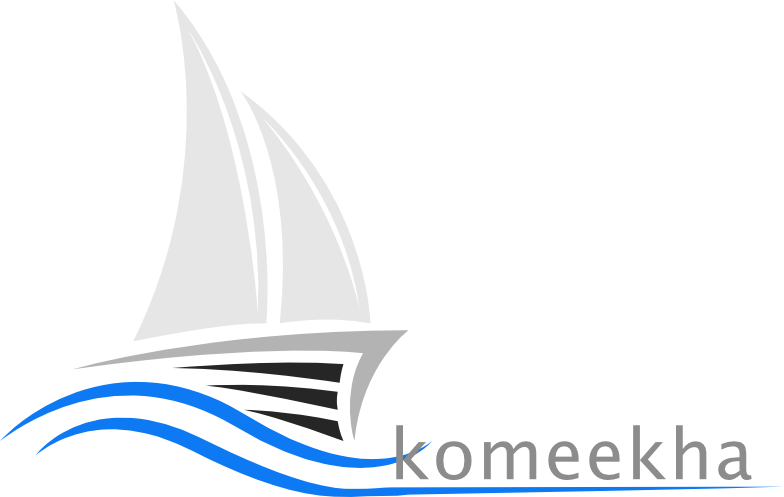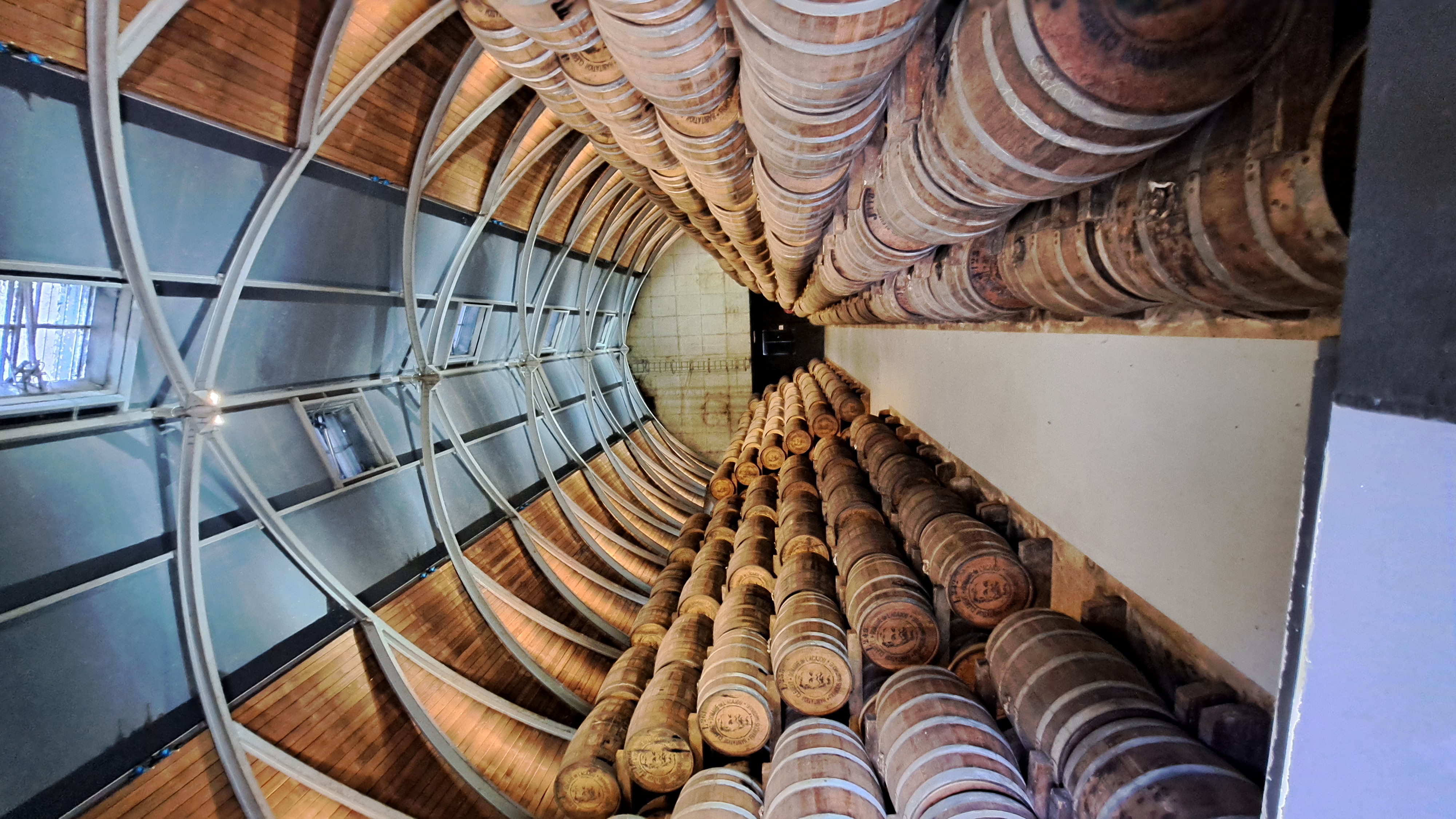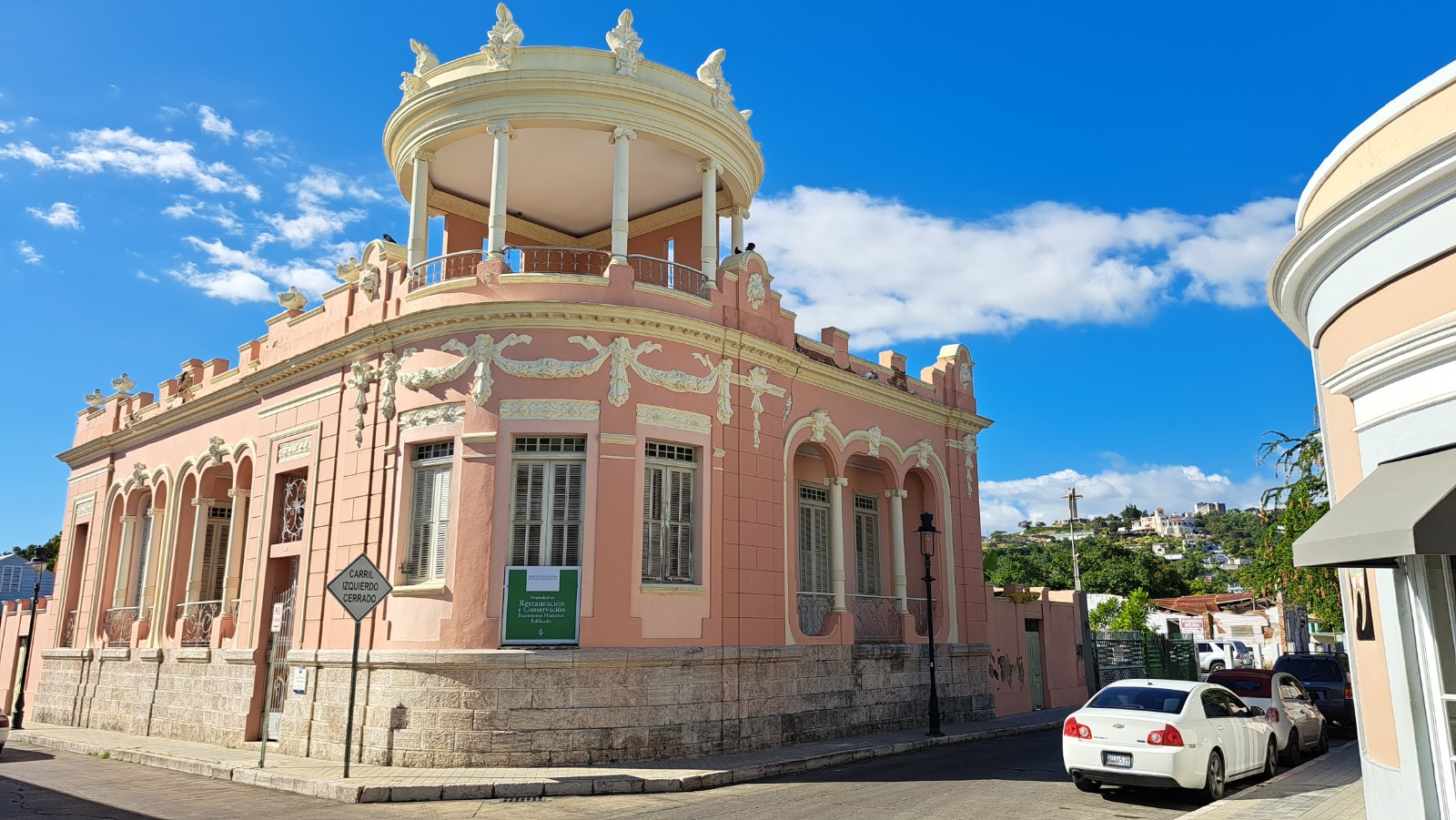(It’s a long one. You may want to pace yourself. I’m sorry. There’s so much to tell you!)
It was a nice break from a constant moving boat to rent a car and spend a couple of days on land. Anse Mitan, being a touristic town in Martinique, there are a few car rental companies we could choose from. Budget Rental Car had a white Nissan Picanto – the most common on this island – available to us from February 27th to March 1st. There’s enough leg room at the front; but it’s a knee squeeze at the back. When we saw a white Picanto, we knew it’s someone like us who did not drive very fast and may lead us through the wrong street if we decide to follow them to a popular spot.
The day before our adventure, ferries started a strike. This meant that the main roads would be a parking lot during rush hours; so we heard from the Budget Rental lady. So when we left, we didn’t expect to get anywhere very quickly; and we were ok with it. We were on vacation after all! It’s true, there was traffic; but when you have lived in Toronto, Martinique’s parking-lot-like “traffic” is fluid.
Our general direction was towards Presqu’ile de la Caravelle where we were planning a small hike on that first day. Going eastbound, we drove towards and stopped at Habitation Clement, a rum distillery. We had been told that it had 160 hectares of sugar cane, banana trees and parkland. We had visited a few rum distilleries this winter; and so far this is the second one that we felt was quite impressive. (The first one was River Antoine Estate in Grenada).
Its founder – Homere Clement – was born in 1852 at Trinite, Martinique, only 4 years after the abolition of slavery. He was the grand-son of an indentured slave. After an education in France, he comes back to Martinique and buys a repossessed estate called L’Acajou in 1887, now Habitation Clement. The need for alcohol during WW1 encourages Homere to start a distillery. His son Charles takes over the entreprise when Homere dies in 1923, modernizes it, and launches worldwide. After three generations, the distillery is sold to Bernard and Yves Hayot in 1986 who continue its development.
We walked through the estate following a map: sugar cane, banana tree, the old distillery, parkland dotted with modern sculptures. The period of a sugar cane from seed to production is 1.5 to 2 years. As it grows, the sugar cane looks like tall grass, then stalk (like corn), then cane – 2-6 metres. Banana trees (among other crop options) are used during the sugar cane fallow period. Last fall, I explained that for most crops (maybe all of them), a farmer need to periodically plant something else to replenish its soil of nutrients that sugar cane has been depleting.
It was very interesting to look at the modern sculptures in the parkland section of the estate. I don’t know much about art but I especially enjoyed pieces from Vladimir Skoda, Herve Beuze, and Luz Severino. We also saw a variety of trees: rubber, fig, and many types of palm trees. We also saw bamboo. These are quite impressive by their height (approx. 90 feet), their growth speed (1-4 inches per day), its ecological benefit (100-400 tons of carbon absorption per hectare), and multiple uses (culinary, fuel, construction, paper, textile).
After a delicious picnic at a rest stop (baguette, brie cheese, saucisson and white wine), we park the car at the end of the presqu’ile for our walk to a fort, a weather station and a 360 degree platform on top of the hill. The walk was easy with some steep sections. We had shade most of the way. The trail was large enough for a small car. The small fort was closed. The weather station was established in 1939. A 2-week rotation of men lived in it to monitor and report major weather events, such as hurricanes. They would hike from the nearby village (12 kms) with their heavy load of food, water and books. The view on the 360 platform was breathtaking! We could see Trinite and other little bays, azure ocean water, water crashing on the shores, sailboats in quiet bays, hills, blue sky. WOW!
We slowly made our way to our AirBnb on a hill near Sainte-Marie. In inland Martinique, most roads are everything but straight: up and down, right and left, u-shape, z-shape. Even though the speed limit was 40 km/h, we couldn’t do 30! But all so worth it! We’ve done a lot of AirBnb in many countries. This one was a new design for us: our bedroom and bathroom were of course inside; but the kitchen and table were outside as part of our balcony, overlooking a valley of palm trees and few residences. Our host lives upstairs.
The following morning, over coffee and patisseries, our hostess suggested with visit Tombolo before our intended visit of Coeur Bouliki. A tombolo is a strip of sand connecting two land expanses. In Martinique, this 200-metre causeway connects Ile Sainte-Marie to Martinique. Created by ocean currents and tides, it is only visible from January to April. The ocean water on both side was quiet turbulent due to the strong winds on that day (swimming is prohibited). Sainte-Marie island, on which there is an old Jesuit church, is a nature reserve.
We then moved on to Coeur Bouliki in the middle of the island among steep hills and waterfalls. This park with its usual picnic tables and many hiking trails has a creek passing through it. It’s fresh and cool water cascades through round rocks which makes it fun and refreshing to sit in the middle of it. As it is shallow and safe, many children have a grand time playing, squealing, splashing in it. After a short walk, a picnic lunch and a dip, we were off again.
We had to go back to Komeekha before day’s end in order to recharge the batteries. So we took advantage of having a car to stock up in huge stores (like supercentres in Canada) for the remaining of our sailing season. As we’re planning to leave Martinique in a few days, we want to get the good stuff (cheeses, delis and wines mostly) of a French island before we sail South to less fortunate ones.
Upon our return, our friends on Andromeda and Mordicus were very happy to see us again. We spent the following couple of days hiking and dining with them. Today, Mordicus is leaving, sailing around the corner to Le Marin to pickup friends from Quebec for a 10-day vacation. Tomorrow, Andromeda is leaving for Dominica and Guadeloupe. An us, for Anses d’Arlet where we'll snorkel with the turtles, then on to St. Lucia.
Talk about a small world: looking at our friend Benoit’s Facebook picture, I saw that a Pascale Couturier had sent a “thumbs up” for it. After verifying the links, I confirm that it is my cousin who lives near Ottawa. Last night, during aperos, Benoit explained that Dominique and he met Pascale and her husband at the Annapolis boat show at a gin booth. Amazing!



